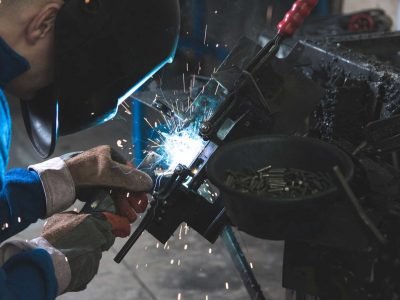Pipe test plugs are an essential piece of equipment for myriad Aussie industries. Their three main purposes are to bypass pipe flow, stop pipe flow or test for pipe leaks. They are also designed to stop any dirt and debris from entering underground pipes during their construction, maintenance or repair.
Top quality pipe plugs have eight essential applications that make them perfect for various Australian industries including construction, engineering, gas transportation, sewerage and more!
Here, we are going to discuss eight of these essential applications and how they add to Australian industry’s safety and efficiency:
1.Wastewater bypass plugs
The best pipeline testing services include wastewater bypass that ensures effluent or water can safely pass whilst pipe construction, maintenance or repair takes place. They can be left in place for weeks or removed on a nightly basis once the day’s construction or repair work is complete.
2.Full flow through sewer plugs
Full flow through sewer plugs perform a similar function to wastewater bypass plugs in which they can bypass effluent and conduct water tests. They ensure that you can continue to divert flow throughout construction or repair work whilst avoiding unnecessary plumbing and keeping your work area dry.
3.Low-pressure pipe testing
Low pressure pipelines require occasional analysis to ensure there is no leakage in gravity pipelines. Leaking gas or liquids can be incredibly dangerous and expensive to repair so it is important that entities undergo occasional analysis to ensure their pipes are leak free.
4.Line acceptance
You want to ensure that any pipes you have installed have been installed correctly and this is the perfect way to do so. Pipes are installed and filled with low pressure air to ensure that the pipe has been installed correctly and is ready for use.
5.Leak location
As the name suggests, this kind of test involves using the plugs to determine where, if any, leak is located within the underground pipes. Leaks can be an incredibly costly, dangerous and wasteful hindrance, and testing is required to find out where leaks are located so that they can be quickly rehabilitated.
6.Blank off plugs
Blank off plugs are designed to temporarily seal off any piping system that contains fluids or gases. Blank off plugs are used to stop the flow of fluids or gases that could potentially cause harm to workers during the construction or repair phase of a piping system.
7.Vacuum testing
The pipe vacuum test is essential for analysing whether there are any leaks under piping connections. This is an extremely important test as it carries plenty of safety risks if avoided or poorly conducted. If the analysis finds that the piping is damaged or poorly constructed then it will be immediately advised that the experts provide a comprehensive repairs service.
8.High pressure plugs
High pressure plugs – also known as hydrostatic testing – is one of the most essential methods for checking piping for potential leaks. A gas or liquid will be used to test the system and tests include burst, leak or proof tests. This test once again analyses the system’s integrity to ensure that its integrity will hold up and doesn’t require further repairs or maintenance.
So, as you can see, there are many different applications to this essential safety equipment. They help businesses and civil entities ensure that piping systems are safe and ready for use to the highest capacity across a range of different testing methods!









